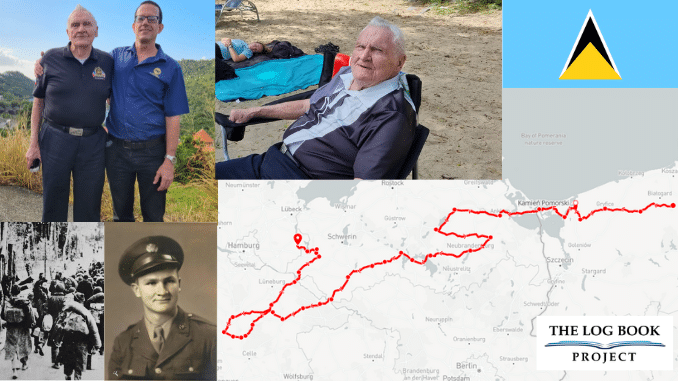
Signatory Lester Schrenk’s WWII experience will leave a profound impact on anyone hearing it. His ability to reconcile with his harrowing fate shows the good-hearted character that he is. He has remained a close advisor to the project since signing the log book in 2017. He exhibits endless patience with our questions.
Over the years, a friendship has developed. Today, it culminates in Schrenk spending two weeks visiting project founder Nick Devaux in St Lucia. His arrival coincides with the 80-year anniversary of the most gruesome experiences of the war for Schrenk – The March.
During the final stages of WWII in Europe, German military camps held over 257 000 western allied prisoners of war. These camps were located as far east as East Prussia in what today is known as Lithuania.
B-17 ball turret gunner Lester Schrenk was shot down over Denmark on 22 February 1944. Bailing out of his burning plane he was quickly captured in a field. Later he had to identify the corpse of his deceased pilot 2nd Lt Lavies.
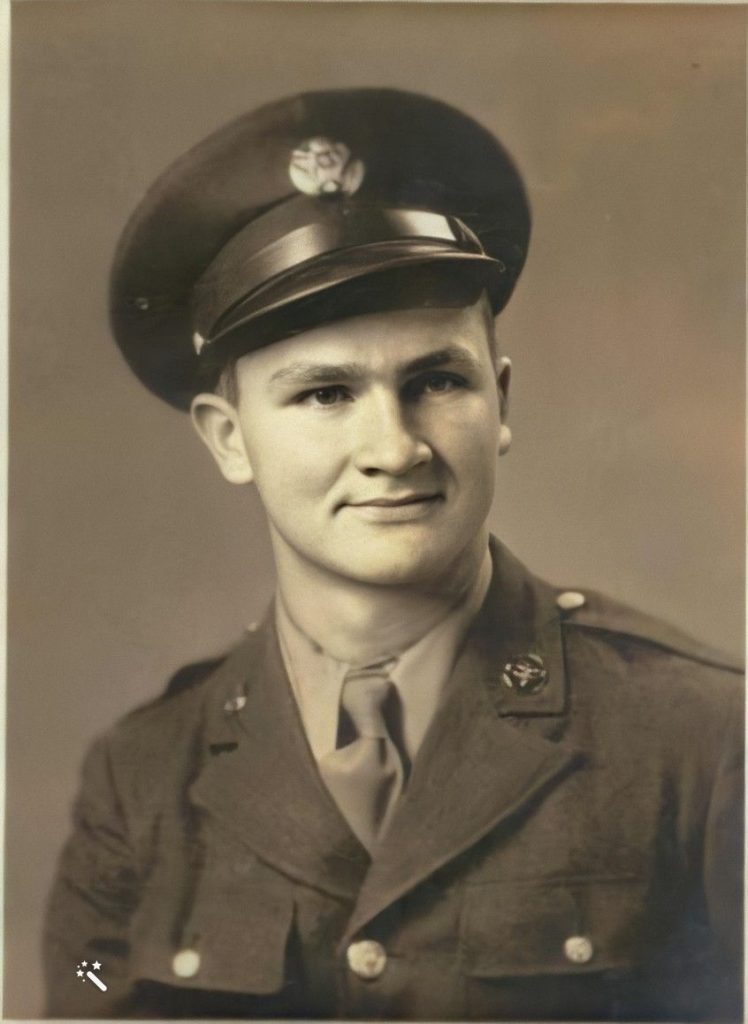
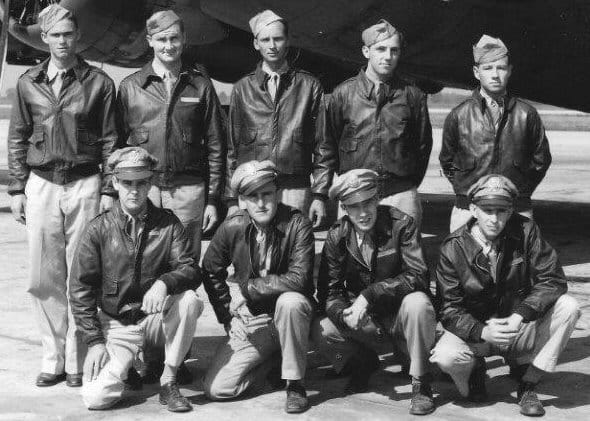
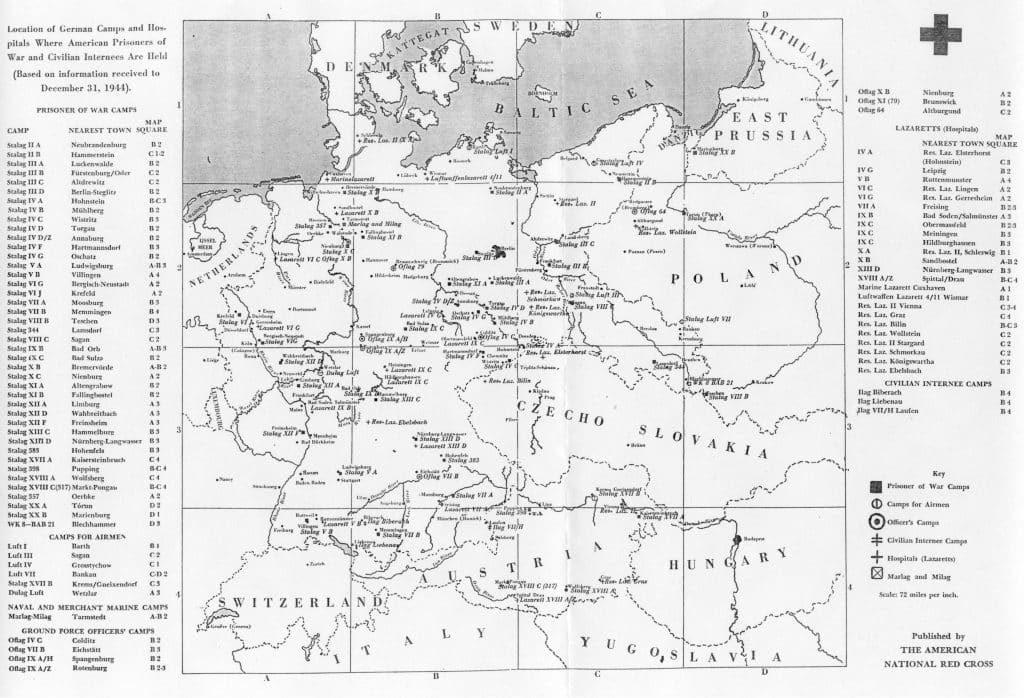
Swiftly moved to Germany he endures interrogation at Dulag Luft, a transit camp for captured allied airmen. After processing, he is sent east on a train. He spends several days with other POWs. They are stripped of socks and shoes to prevent escape. The journey eventually takes them to Heydekrug (Šilutė) in Lithuania. They enter a camp known as Stalag Luft VI on 28 February 1944.
As the tides of war changed the Soviet Red Army advances the Eastern front westward. To delay the liberation of prisoners’ German authorities orders the evacuation of POW camps at risk of being overrun.
One of the first camps to be evacuated is Stalag Luft VI where Schrenk now has spent several months. On 14 July 1944 the POWs are marched to Memel (today Klaipeda) harbor and boarded two ships in Memel harbor. What follows is a 60-hour journey to Swinemünde through treacherous waters in the cargo hold of a coaling ship. The conditions are cruel as no food, water or sanitation is provided while packed so tightly that POWs must stand. The last part of the journey to Stalag Luft IV is by train near Gross Tychow in Poland. It is just as bad. Unfortunately, things will get worse.
The POWs are handcuffed together in pairs, hands and feet. They are forced to run the final miles to the camp from Kiefeheide (today Podborsko) railway station. Guards jab their rifles with fixed bayonets at them. Vicious dogs chase and bite them. The event is known as The Heydekrug run and treated as a war crime.
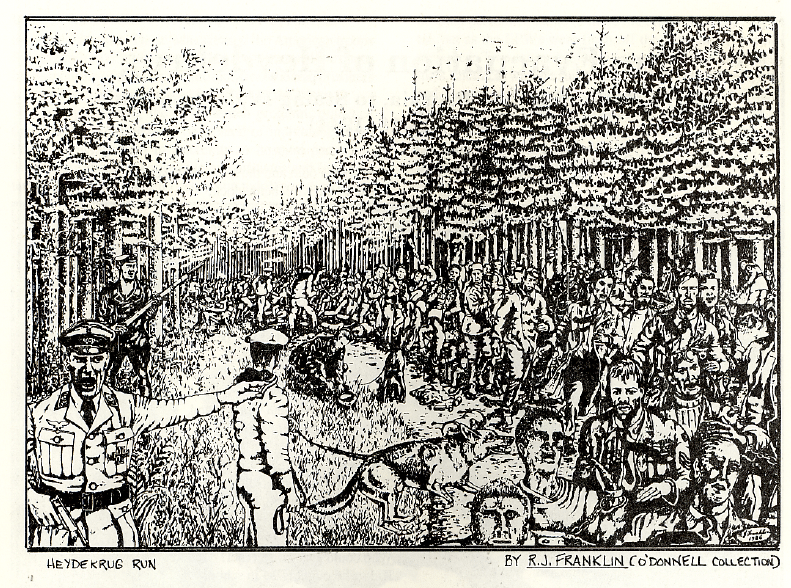
With the continued Soviet advance in the east, many camps are evacuated through January and February 1945. Over 80 000 POWs end up being forced to march westward across Poland, Czechoslovakia and Germany in extreme winter conditions.
The series of marches have been called many names – most survivors just call it “The March”.
At Stalag Luft IV Lester Schrenk finds himself evacuated yet again embarking on what will become an 86-day long ordeal. On 6 February 1945, his group sets out. They travel during some of the coldest months of the 20th century recorded in Europe. Temperatures were as low as –25 °C (–13 °F).
We were always in the extreme cold, never had a chance to remove any clothing, we all suffered from frostbite, blisters, severe dysentery, hunger, lack of water, very inadequate clothing, and badly in need of a bath. We were so weak that we could hardly walk at all.
Schrenk’s march is estimated to be as long as 800 miles. It lasted to 3 May 1945. This is one of the longest recorded. He still vividly recalls the frostbite. His sore feet, legs, and knees ached. He dared not remove his shoes, fearing the swelling would prevent him from getting them back on.
Schrenk lives in Minnesota, and I (Lars) live in Sweden. There is common ground found in the weather as both locations share a similar climate. The March and the conditions experienced are no laughing matter. Nonetheless, many jokes are made about snow and cold during phone calls with Schrenk. It will come as little surprise that he isn’t fond of either.
The picture of Schrenk taken on a beach in St Lucia on 7 February 2025 is special. There is something profoundly moving about it.
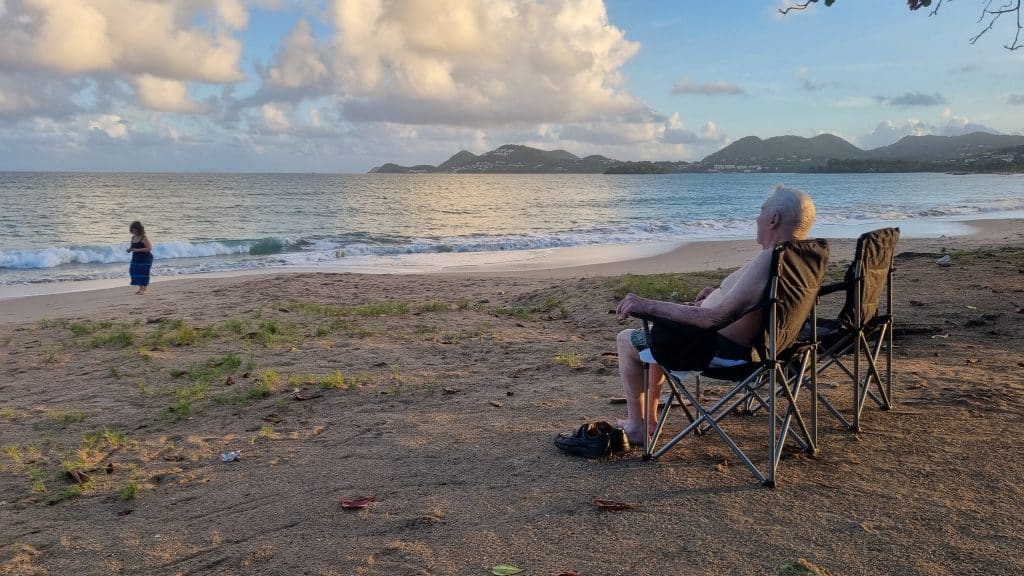
Schrenk flew 10 missions with the 327th Bomb Squadron over Europe. These missions occurred between December 1943 and February 1944 while assigned to the 92nd Bomb Group (H). Anyone who has watched the series “Masters of the Air” will know the story of the 100th Bomb Group. They will also then be familiar with the carnage occurring over head.
From his vantage point in his ball turret, Schrenk recalls counting parachutes. He had to report the parachutes from bombers that were falling out of formation as they were shot down. Many times there were none.
81 years ago, Schrenk had just flown three missions. He flew one over Germany on 4 February. He flew two more over France on 5 February and 6 February 1944. The mission to Frankfurt Am Mein on the 4th was
80 years ago, on 7 February 1945, Schrenk and his group were only about a day into their march. Their journey lasted 86 days in blizzard conditions.
Enjoy the warmth Les – you earned it.
References


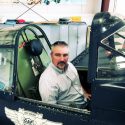
Be the first to comment